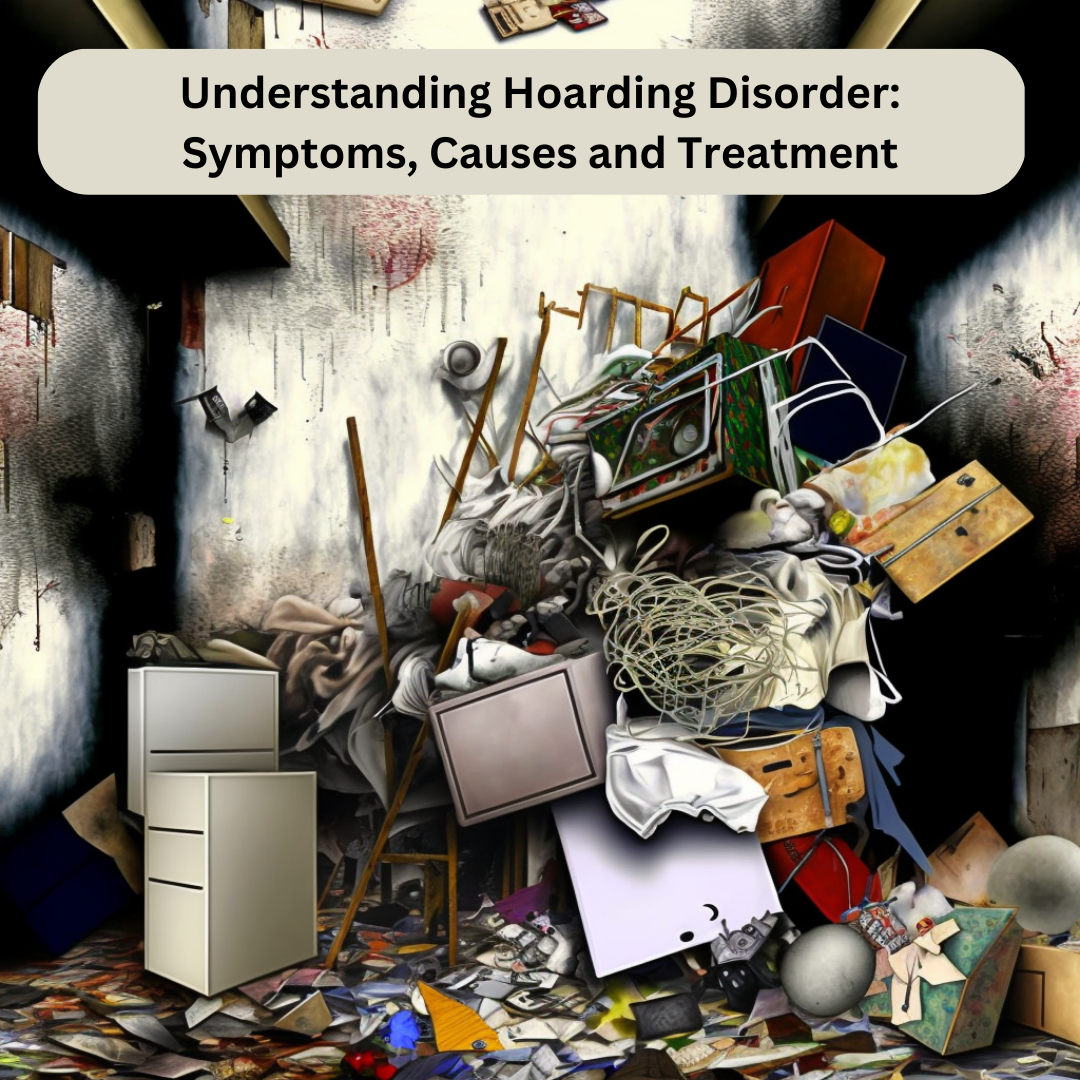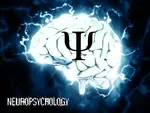Understanding Hoarding Disorder
Symptoms Causes and Treatment
Understanding Hoarding Disorder Symptoms Causes and Treatment
Hoarding disorder, also known as compulsive hoarding or hoarding syndrome, is a complex and debilitating condition characterized by the persistent difficulty discarding or parting with possessions, regardless of their actual value. This excessive accumulation of clutter can have a significant impact on an individual's physical, emotional, and social well-being, as well as the functioning of their living space. In this article, we will explore the symptoms, causes, and treatment options for hoarding disorder.
Symptoms of Hoarding Disorder
Hoarding disorder is characterized by the excessive accumulation of clutter, which can take up a significant amount of living space and make it difficult for the individual to move around or use the space for its intended purpose. However, the symptoms of hoarding disorder go beyond just the physical clutter. Other symptoms of hoarding disorder may include:
- Difficulty discarding items, even those that are no longer needed or have no sentimental value
- Excessive attachment to possessions Extreme anxiety or distress when faced with the idea of discarding items
- Difficulty organizing or keeping items in order
- Difficulty making decisions
- Social isolation
- Difficulty maintaining basic living standards, such as hygiene, cooking, and cleaning
- Increased risk for physical injuries, such as falls, and for health hazards, such as fire and infestations
It's important to note that not everyone who struggles with clutter or disorganization has hoarding disorder. To be diagnosed with hoarding disorder, the symptoms must cause significant impairment in an individual's daily life. Furthermore, hoarding disorder should be differentiated from other related conditions, such as collecting disorder, which is characterized by the acquisition of specific items, such as stamps, coins, or books, rather than by the difficulty discarding items.
Causes of Hoarding Disorder
The exact cause of hoarding disorder is not well understood, but a number of factors have been suggested. These include:
Genetics: Some research suggests that hoarding disorder may have a genetic component, as it tends to run in families and is more common among first-degree relatives of individuals with hoarding disorder.
Brain chemistry: Abnormalities in certain brain chemicals, such as serotonin, have been linked to hoarding disorder. These abnormalities may affect the brain regions involved in decision making, emotion regulation, and memory, and may lead to difficulties in discarding items, excessive attachment to possessions, and increased anxiety.
Trauma or stressful life events: Some people may develop hoarding disorder as a coping mechanism for traumatic experiences or stressful life events, such as the death of a loved one, a divorce, or a job loss. Hoarding may serve as a way to cope with the emotional pain, to avoid thinking about the event, or to feel a sense of control over the environment.
Perfectionism: Some people may feel compelled to keep items because they believe they may need them in the future, they are not able to make decisions of what to keep and what to discard, or they are afraid of losing something valuable.
Cognitive difficulties: Some people may have difficulties with attention, memory, or executive function, which may affect their ability to process information, make decisions, and organize their possessions.
Treatment for Hoarding Disorder
Treatment for hoarding disorder typically involves a combination of therapy and medication.
Cognitive-behavioral therapy (CBT) is the most commonly used form of therapy for hoarding disorder. This type of therapy focuses on helping the individual change the thought patterns and behaviors that contribute to hoarding, such as procrastination, avoidance, perfectionism, and overvaluation of possessions. CBT may also involve skills training, such as teaching the individual how to make decisions, prioritize tasks, set goals, and implement a step-by-step plan for decluttering and organizing their living space.
Medications such as antidepressants may also be used to help manage symptoms of hoarding disorder, particularly those related to anxiety, depression, and obsessive-compulsive disorder (OCD). Antidepressants that affect the brain chemical serotonin, such as selective serotonin reuptake inhibitors (SSRIs), have been found to be effective in reducing hoarding symptoms. Family therapy may be beneficial in addressing the impact of hoarding disorder on the individual's loved ones and in fostering a supportive and non-judgmental environment for the individual's recovery. Support groups may provide a forum for individuals with hoarding disorder to share their experiences, learn from others, and gain social support and validation.
It's important to note that treatment for hoarding disorder can be challenging and may take a long time. It's also important to work with a qualified professional who has experience treating hoarding disorder, such as a psychologist or a psychiatrist. Furthermore, it's important to involve the individual in the treatment planning and decision-making, to respect their autonomy and preferences, and to avoid a confrontational or coercive approach.
Summary
Hoarding disorder is a complex and debilitating condition that can have a significant impact on an individual's physical, emotional, and social well-being, as well as the functioning of their living space. While the exact cause of hoarding disorder is not well understood, a combination of therapy and medication can help manage symptoms. If you or a loved one is struggling with hoarding disorder, it's important to seek professional help and to involve the individual in the treatment planning and decision-making. Hoarding disorder is a treatable condition and with the right support, individuals can improve their quality of life.
Note: This article is written as a general information and is not intended as a substitute for professional advice or treatment.
Recent Articles
-
Neuropsychology
Dec 18, 25 04:16 AM
Neuropsychology information and resources. Learn all about the fascinating branch of psychology which explores the relationships between the brain and behavior. -
Psychology Articles by David Webb
Dec 16, 25 08:52 AM
Discover psychology articles by David Webb, featuring science-based insights into why we think, feel, and behave the way we do. -
Hedonic Adaptation Explained: Why Familiar Pleasures Lose Their Spark
Dec 16, 25 08:40 AM
Hedonic adaptation explains why pleasures fade over time. Learn how small changes can restore enjoyment and why popcorn tastes better with chopsticks.
Please help support this website by visiting the All About Psychology Amazon Store to check out an awesome collection of psychology books, gifts and T-shirts.
Go From Understanding Hoarding Disorder Symptoms Causes and Treatment Back To The Home Page





